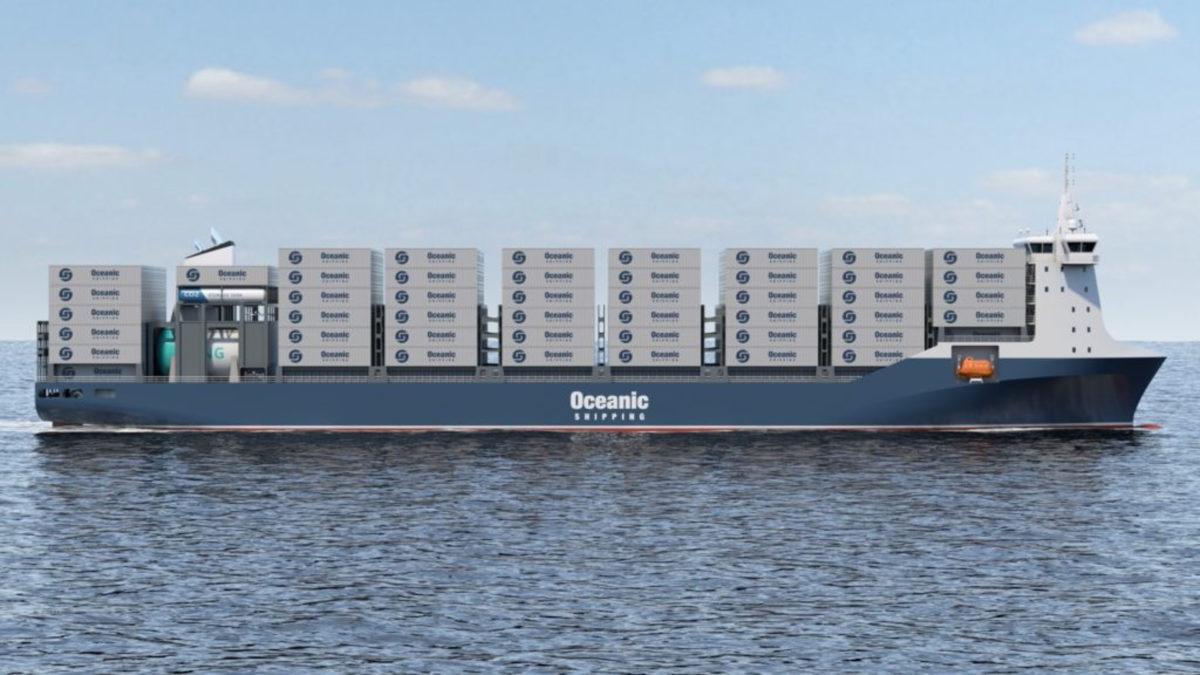Container ships transport a large portion of the world’s goods trade and currently account for nearly 30% of global fuel consumption from ships. With high speed, large volumes, and tight margins, these vessels require a predictable and cost-effective solution to reduce their emissions in line with requirements and expectations from the International Maritime Organization (IMO), the European Union (EU), and other stakeholders.
The objectives for maritime shipping to reduce CO2 emissions have intensified significantly over the past year.
IMO now targets net zero emissions by around 2050, and a 40% reduction in carbon intensity compared to 2008 levels by 2030.
EU is ahead of the IMO curve, also considering how the impact of Carbon Capture and Storage (CCS) should be integrated into the regulatory framework.
To achieve these objectives, the development of new technology and the production of potential carbon-neutral fuels must be pursued. However, the development and subsequent scaling of these technologies continue to progress slowly at a time when it is becoming urgent to achieve tangible results.
Anticipated high prices, uncertain availability, and significant energy requirements for the production of alternative fuels mean that carbon capture and storage (CCS) appears as an intriguing alternative for reducing CO2 emissions, especially in the short to medium term.
- The utilization of CCS will circumvent the competition for scarce resources such as electricity and biomass, and the fuels that can be derived from them, such as hydrogen, ammonia, methanol, and biofuel.
By being neither toxic nor flammable, and utilizing relatively well-known technical solutions, onboard CO2 capture could be technologically, regulatorily, and from a safety perspective, closer to realization sooner than most carbon-neutral fuels. It could also be scaled up more quickly, provided that the current barriers are overcome.
The technology for CCS on ships is still under development, with only a few demonstrated projects and an unclarified logistics chain for the reception, transport, and permanent storage of CO2. The technology itself will also require additional space onboard, extra energy to operate the facility, and costs associated with the disposal of CO2.
At the launch of the pilot in the spring of 2024, an increasing number of stakeholders and technologies are entering the field, each with its own set of advantages, disadvantages, and promises. This diversity also requires careful navigation to identify the best solution for each ship.
Objectives of the Pilot Study
This pilot aims to address some of the barriers by:
- Evaluating the practical design and implementation of CCS technology onboard
- Assessing the commercial and regulatory implications
- Examining the logistical aspects of a scalable, overarching design for CCS on a container ship
This will then form the basis for a final business case and the potential realization of such a project.
The primary objective of the study is to establish the foundation for a business case for CCS on a 4,000 TEU container ship that could be ready for contracting by 2025.
Furthermore, the goal is that this overarching design and the knowledge generated can be used as a basis for other sizes of container ships, to facilitate sound evaluation and realization of more CCS projects in the segment up to 16,000 TEU.
Status
The pilot has selected a specific, relevant case as the foundation for the pilot study to facilitate detailed studies of design, logistics, and costs.
A 4,000 TEU Eurofeeder, calling at ports in Northern Europe with a known operational profile and design, has been chosen.
The pilot is in its initial phase and has so far established seven work packages:
- Literature/desktop study
- Pilot vessel – trading pattern and operational profile
- Logistics of CO2 shoreside
- CCS technologies and providers
- Scalable design, integration, and technical feasibility
- Technical Rules and Regulations
- Business case – new build 4,000 TEU Eurofeeder



April 2024
The pilot wishes to collaborate with Altera’s pilot: “Carbon capture systems on ships“ to exploit synergies and avoid duplication of work.
Brevik Engineering and WE Tech are new participants. In addition, more partners are desired for the pilot – feel free to contact GSP or SinOceanic if interested.
October 2024
The pilot is making good progress and is now focusing on technological solutions for capturing and storing CO2 on board. Potential suppliers have been contacted, and data collection for solutions is ongoing.

